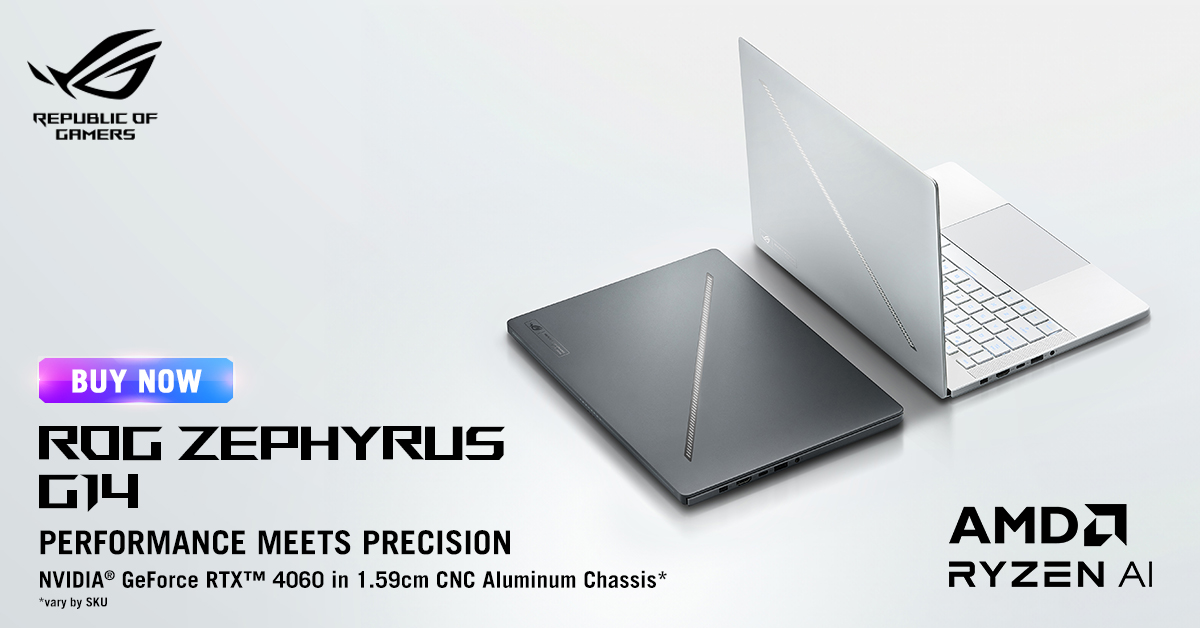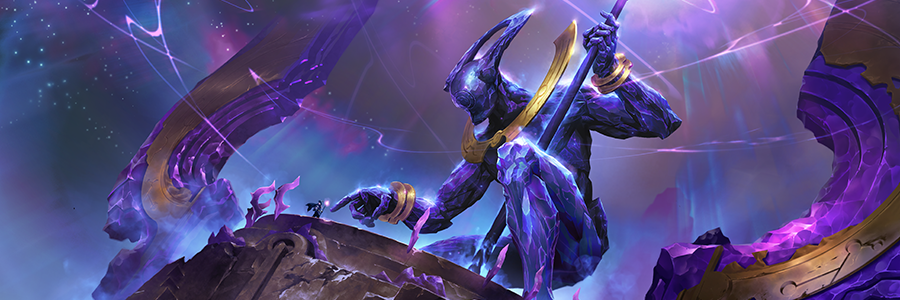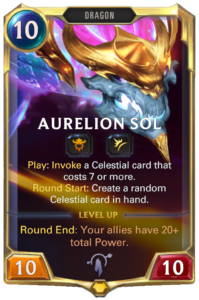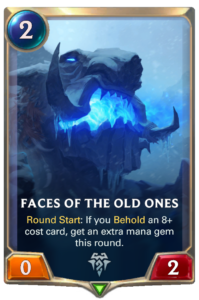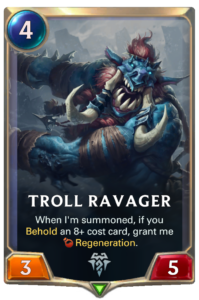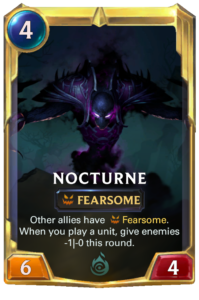Riot Games has recently brought to Runeterra another expansion, known as the Call of The Mountain. This expansion adds 89 collectible cards, including 7 champions, as well as a variety of new features & content across the game. As this sort of game involves a lot of moving parts, it is sometimes hard to tell how something in that manner was designed.
Today, Lead Content Designer, Shawn Main, takes us through their thought process on how such an expansion came to fruition and what were the challenges and obstacles they faced along the way. We’ll also look at how champions from other regions bring their own crew to support Targon’s gameplay and give players an idea of how it will evolve in the next two expansions. Let’s head up this towering mountain!
How the Celestials played their part
The highest peak of Mount Targon serves as a gate to the Celestial realm, said to be the home of Aspects who are abstract and beyond mortal comprehension. This flavor is key to Targon and its champions, so they had to find a way to represent this cosmic power and divine aid from the stars.
In the early stages of design, a lot of testing was done on paper—cards hastily written out to try ideas quickly, without investing in coding strange new abilities. During this time, they explored a few mechanics in the cosmic power vein—space gods that required spending multiple rounds worth of mana to summon, and aspects that possessed your existing units. Eventually, it was a deceptively simple idea from Mark “G-Major” Sassenrath that played the best.
He suggested that Celestials shouldn’t be cards that could go in your deck, but instead be a special pool of cards that could only be summoned inconsistently through other actions. This led to the Invoke mechanic, nicknamed “Divinate” initially.
With Celestial cards existing outside the players deck, they could be stronger than comparably costed collectible cards within their deck, because the cost would be budgeted into the price of the Invoke. This would make the Celestial cards feel powerful and serve their design goal of variety, while also rewarding skillful play and fitting thematically into the unknowability and capriciousness of the cosmos.
The Center of the Universe: Aurelion Sol
The developers back up a little and tell the story about Aurelian Sol.
Aurelion Sol was a champion that they wanted in this set from the beginning. Partly it was the strong visuals and concept—a cosmic space dragon with an enormous personality—but also the nature of a card game gave them the opportunity to do something League of Legends couldn’t. League needs to put every champion on roughly even footing, so even Teemo has to be able to directly compete with Aurelion Sol. But LoR doesn’t need to do that. Level up conditions help to distinguish the power of champions. So in LoR, Teemo can be an efficient, exciting card on round 1, while they make Aurelion Sol a game-dominating 10 mana card and truly deliver his godlike majesty.
Cosmic might together with trolls
When adding a champion to a set, they also look at how other champions can be tied together with one another, particularly those in other regions.
With Aurelion Sol so expensive and Invoke potentially so mana hungry, it would naturally pair with Freljord for its ramp cards, but it wasn’t immediately obvious which Freljord champ they chose. Initially, they were already excited by Trundle’s ice pillar as a potential stall tool that might offer sideways support to ASol in a slow deck. But unlike ASol, Trundle took a LOT of iterations to figure out and would evolve considerably from our first drafts.
At different points, Trundle and his trolls cared about 0 power (rewarding cards like Faces of the Old Ones and Frostbite effects), regeneration (rewarding Avalanche and Challenger), and even generating lots of mini Wyrding Stones, but he never clicked into place, especially as something players might consider playing in the same deck as ASol.
Day and night cycles
The human inhabitants of the mountain are a people known as the Rakkor. Most are sun-worshippers, but there is a secret heretic sect of moon worshippers. To put it mildly, the two groups do not get along.
This duality—day and night, sun and moon, Solari and Lunari—is the essential conflict of the people of Targon and something the dev’s needed to reflect in the cards.
Noah “Riot DefaultChar” Selzer proposed the mechanics that became Daybreak and Nightfall. Daybreak would reward the first play of the round and Nightfall every card after it. Day was deliberate, in your face, and unsubtle, while night rewarded waiting and careful setup through banking mana, only to unleash a big round where you might play multiple Nightfall cards in a flurry. Plus, the mechanics were open-ended and could be used in any deck (and could even complement one another), but they could also create “build around cards” like Leona and Diana or Rahvun and Duskrider that would encourage players to play dedicated Day or Night decks.
Once the Invoke mechanic was in place, ASol’s general shape followed—he would Invoke and he would make Celestials; he would have Spell Shield to help protect your enormous investment; he would require immense power from the player to level up, and his level 2 would be as over-the-top powerful as we could make it. There are cards that take many iterations to get right.
The Mountain itself
Mount Targon is itself a crucible—a towering, impossibly tall mountain that calls to travelers who dare to ascend it. It is a journey and a physical trial that rewards strength and allies who have your back.
This design pillar wouldn’t inspire a keyword in the same way as the other pillars (Shawn looks around, leans in, and whispers: at least not one I can talk about for this release), but it did lead us to consider the suite of abilities that would define Targon’s region identity.
Simultaneous to exploring the design pillars, as the developers introduce a new region, they consider the needs of its full roster of champions—are there common mechanics they should make sure the region contains? This includes considering champions that won’t be introduced until future releases. In the case of Targon, it stood out that the region has a relatively high number of support champs.
The first of three expansions
All in all, that’s how the developers ended up with the mechanics and champions in the first expansion for Call of the Mountain. But that’s just the first of three, and the next two need to continue fleshing out the gameplay identity of Targon.
Stay tuned to their socials to keep a keen eye on what’s to come for Legends of Runetera.

